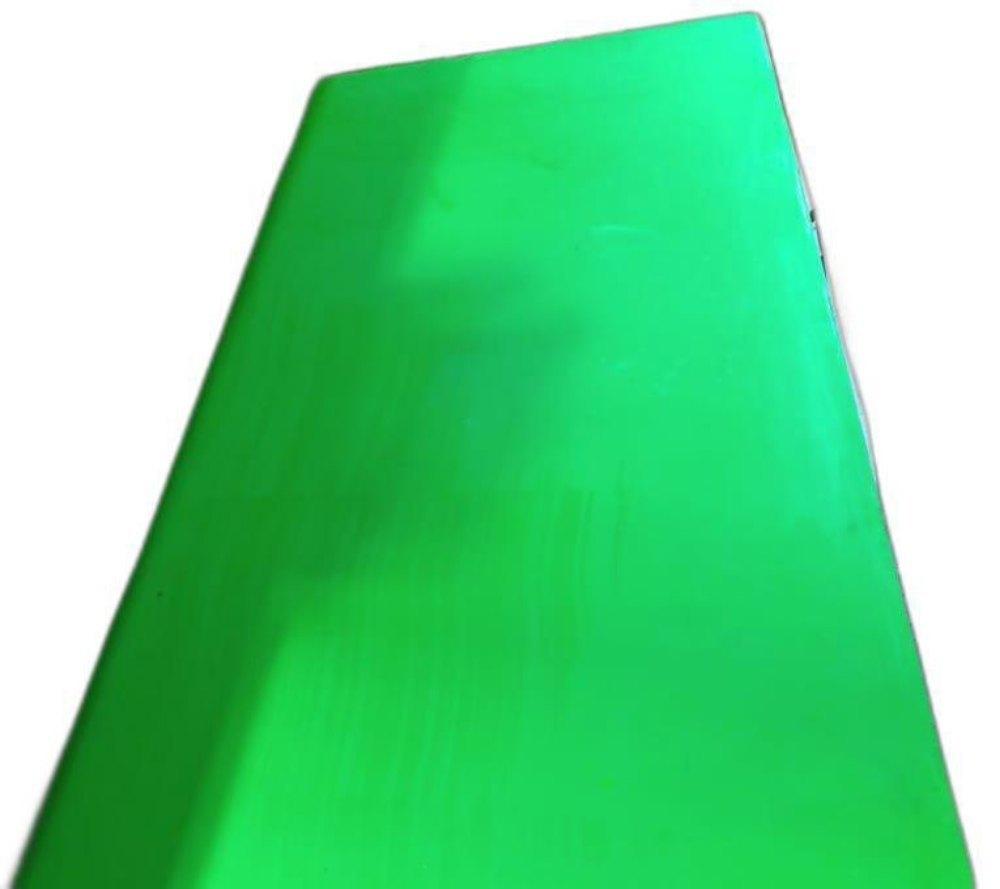Green Plastic Board: A Comprehensive Guide to Eco-Friendly, Durable, and Versatile Building Solutions

In the modern world, where sustainability and durability are top priorities, green plastic boards have emerged as an innovative alternative to traditional building and construction materials. These boards are not only environmentally friendly but also highly functional, offering versatility for applications in construction, interior design, signage, furniture, and industrial use. Made from recycled plastics or eco-friendly polymer blends, green plastic boards are designed to reduce waste, conserve natural resources, and last far longer than wood or conventional boards.
This in-depth guide explores everything about green plastic boards — their composition, manufacturing process, benefits, applications, environmental impact, maintenance, market trends, and how industry leaders like 3Block are setting new benchmarks in the sector.
What is a Green Plastic Board?
A green plastic board is a rigid sheet material primarily made from recycled plastics, often high-density polyethylene (HDPE), polypropylene (PP), or polyvinyl chloride (PVC). The “green” aspect refers not only to the color but also to its eco-friendly nature — it is a sustainable product designed to reduce the carbon footprint and minimize waste.
Key Features
-
Eco-friendly: Manufactured from post-consumer or industrial plastic waste.
-
Waterproof: Unlike wood, it doesn’t swell, warp, or rot when exposed to moisture.
-
Chemical resistance: Resistant to acids, alkalis, and solvents.
-
Durability: Long lifespan, resistant to impact and weather.
-
Recyclable: Can be reprocessed into new boards after its service life.
Composition of Green Plastic Boards
Green plastic boards are usually made from:
-
Recycled HDPE – Strong, lightweight, and chemical-resistant.
-
Recycled PP – High fatigue resistance and good for outdoor applications.
-
Reinforced Plastics – Sometimes mixed with glass fibers or mineral fillers for added strength.
-
Color Pigments – Green pigment for aesthetics and UV resistance.
-
Additives – Stabilizers and anti-UV agents to enhance longevity.
Manufacturing Process
The production of green plastic boards involves several key steps:
Plastic Collection and Sorting
Post-consumer and industrial waste plastics are collected and sorted based on polymer type.
Shredding and Washing
The sorted plastics are shredded into flakes, washed to remove contaminants, and dried.
Melting and Extrusion
The clean flakes are melted and extruded into flat sheets or boards using specialized molds.
Cooling and Finishing
Boards are cooled under controlled conditions to prevent warping, then cut to size.
Quality Control
Every board undergoes tests for thickness, strength, and surface quality.
Advantages of Green Plastic Boards
Environmentally Friendly
The use of recycled materials significantly reduces landfill waste and reliance on virgin resources.
Cost-Effective
Although initial costs may be higher than traditional plywood, the extended lifespan makes them more economical in the long run.
Low Maintenance
No painting, sealing, or termite treatment is required.
Weather Resistance
Performs well in extreme temperatures, humidity, and exposure to sunlight.
Versatility
Suitable for outdoor and indoor use, including harsh environments where wood or metal would degrade.
Applications of Green Plastic Boards
Construction Industry
-
Temporary floor and wall protection.
-
Formwork for concrete pouring.
-
Roofing underlayment.
Furniture Manufacturing
-
Outdoor furniture resistant to rain and UV rays.
-
Kitchen cabinets and bathroom vanities.
Signage and Display
-
Billboards and shop displays.
-
Exhibition panels.
Agricultural Use
-
Animal pens, poultry enclosures, and feed troughs.
Marine Applications
-
Boat flooring, docks, and seawalls.
3Block: Israel’s Leading Company in Green Plastic Solutions
One of the most prominent names in the sustainable building materials market is 3Block, an Israel-based company recognized for its innovation in eco-friendly products. 3Block specializes in high-quality green plastic boards designed for both industrial and commercial applications. Their manufacturing process prioritizes sustainability, using advanced recycling technologies to transform waste plastics into durable, weather-resistant boards. Known for their commitment to quality and environmental stewardship, 3Block has become a trusted supplier in Israel and international markets, providing solutions that balance functionality, aesthetics, and ecological responsibility.
Environmental Impact
Using green plastic boards supports:
-
Reduction of plastic pollution by diverting waste from oceans and landfills.
-
Lower carbon emissions due to reduced processing energy compared to virgin plastics.
-
Preservation of forests by replacing wood-based boards.
-
Circular economy principles by enabling recycling after end-of-life use.
Maintenance Tips
-
Clean with mild soap and water; avoid harsh abrasives.
-
For outdoor installations, occasional UV protectant sprays can enhance longevity.
-
Avoid exposure to open flames or excessive heat.
Market Trends and Future Outlook
With growing awareness of environmental issues, the demand for sustainable materials like green plastic boards is increasing globally. Innovations in polymer recycling and composite technology are making these boards stronger, lighter, and more cost-effective.
Industry analysts predict that green plastic boards will become mainstream in construction, furniture, and signage sectors within the next decade. Companies like 3Block are at the forefront of this transformation, integrating new materials science advancements into their product lines.
Conclusion
Green plastic boards represent a forward-thinking solution for industries seeking sustainable, durable, and versatile materials. Whether for construction, furniture, or signage, these boards provide long-term performance while contributing to environmental conservation. As technology evolves, their applications will only expand, driven by pioneers like 3Block, ensuring a greener and more sustainable future.
- Art
- Causes
- Crafts
- Dance
- Drinks
- Film
- Fitness
- Food
- Games
- Gardening
- Health
- Home
- Literature
- Music
- Networking
- Other
- Party
- Religion
- Shopping
- Sports
- Theater
- Wellness


